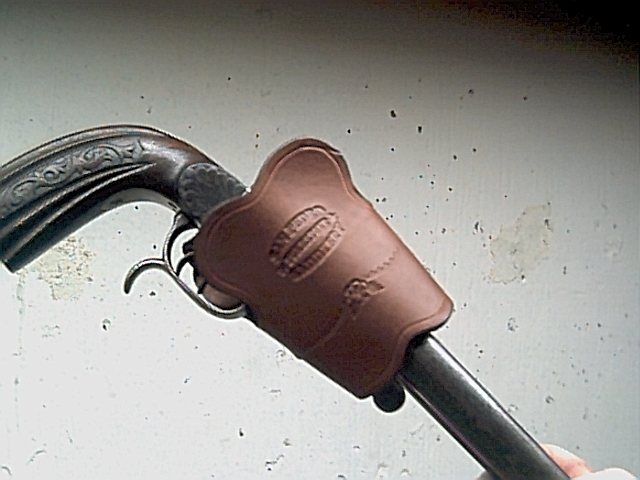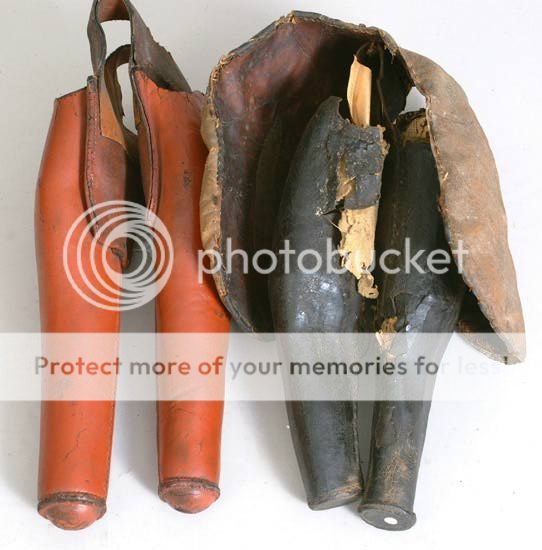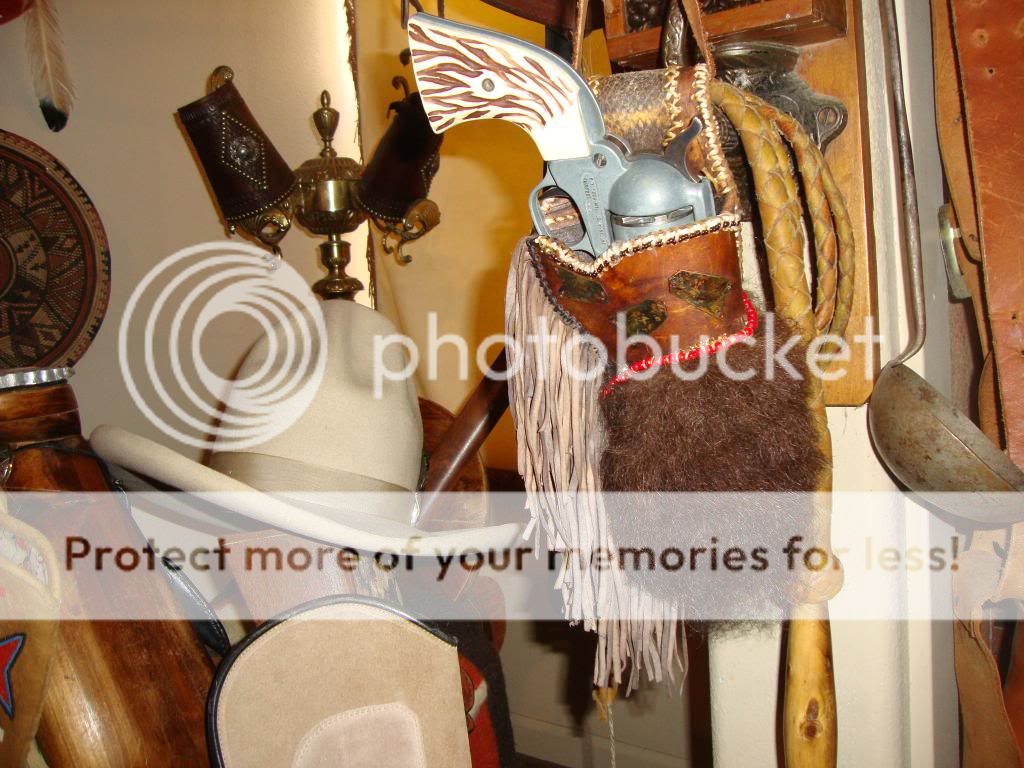-
This community needs YOUR help today. We rely 100% on Supporting Memberships to fund our efforts. With the ever increasing fees of everything, we need help. We need more Supporting Members, today. Please invest back into this community. I will ship a few decals too in addition to all the account perks you get.

Sign up here: https://www.muzzleloadingforum.com/account/upgrades -
Friends, our 2nd Amendment rights are always under attack and the NRA has been a constant for decades in helping fight that fight.
We have partnered with the NRA to offer you a discount on membership and Muzzleloading Forum gets a small percentage too of each membership, so you are supporting both the NRA and us.
Use this link to sign up please; https://membership.nra.org/recruiters/join/XR045103
You are using an out of date browser. It may not display this or other websites correctly.
You should upgrade or use an alternative browser.
You should upgrade or use an alternative browser.
18th century pistol buckets
- Thread starter JOHN F
- Start date

Help Support Muzzleloading Forum:
This site may earn a commission from merchant affiliate
links, including eBay, Amazon, and others.
- Joined
- Aug 25, 2003
- Messages
- 6,387
- Reaction score
- 1,254
Thought about it for a Brit heavy Dragoon, but haven't done it. I know about the way I'd go about making it.
Wassa pistol bucket? :idunno: 
- Joined
- Jan 3, 2004
- Messages
- 14,767
- Reaction score
- 313
Watched the guy at Williamsburg finishing off a pair. Wow. Sure inspired me. They had hair-on bear hide for flaps, which he told me was "period" waterproofing. Wow, again. Don't have the pistols or the horses any more, but the impulse to make a pair is still lingering.
Rifleman1776 said:Wassa pistol bucket? :idunno:
One of these? :wink:

Rifleman1776 said:Wassa pistol bucket? :idunno:

matt denison
54 Cal.
- Joined
- Aug 15, 2004
- Messages
- 1,786
- Reaction score
- 12
Did they look like this?
http://www.bisonsaddlery.com/historicalreproductions/detail.asp?ID=6732
http://www.bisonsaddlery.com/historicalreproductions/detail.asp?ID=6732
Last edited by a moderator:
- Joined
- Jan 3, 2004
- Messages
- 14,767
- Reaction score
- 313
Here is what they were calling "pistol buckets" at Colonial Williamsburg. Scroll to the bottom of the page. Funny angle on the shot until you spot the butt of one pistol. It's a pair of buckets designed to hang across a saddle, with the bear hair flaps I referenced clearly visible. Click on the image to enlarge for a better look. Easy to see why they were called "buckets."
- Joined
- Aug 25, 2003
- Messages
- 6,387
- Reaction score
- 1,254
I'm gunna crawfish. The more I look at them, the more questions I also have. If it was to look like the ones I'm seeing.
Here are a couple of originals from the Tom Wnuck collection, called pommel holsters.

They are mentioned in the newspapers of the day, but I've never found the term "bucket" there.
The Pennsylvania Gazette
April 24, 1793
An ACT for the regulation of the Militia of the Commonwealth of Pennsylvania. ”¦.the commissioned officers of the several troops or horse shall furnish themselves with good horses of at least fourteen hands and an half high, and shall be armed with a sword and pair of pistols, the holsters of which shall be covered with bear-skin caps;
The South-Carolina GAZETTE
October 1, 1772
CHARLES-TOWN
JOSHU A LOCKWOOD, Has just imported, in the ship PALLAS,
Silver-mounted Saddle Holsters,...
Spence

They are mentioned in the newspapers of the day, but I've never found the term "bucket" there.
The Pennsylvania Gazette
April 24, 1793
An ACT for the regulation of the Militia of the Commonwealth of Pennsylvania. ”¦.the commissioned officers of the several troops or horse shall furnish themselves with good horses of at least fourteen hands and an half high, and shall be armed with a sword and pair of pistols, the holsters of which shall be covered with bear-skin caps;
The South-Carolina GAZETTE
October 1, 1772
CHARLES-TOWN
JOSHU A LOCKWOOD, Has just imported, in the ship PALLAS,
Silver-mounted Saddle Holsters,...
Spence
- Joined
- Jan 3, 2004
- Messages
- 14,767
- Reaction score
- 313
BTW-
When you look at the stitching at the bottom or "muzzle" end of the buckets, you may come away scratching your head.
I've made lots of round cases ranging from fly rod tubes to map cases and camera lens cases, and you're off in a different direction than most stitching you'll encounter in sewing simple shooting bags. This book got me started in the right direction, but this one was a useful addition, too.
In my experience 7 tpi stitching is about as big as you want to go, and 9 tpi is better for small cylinders like you see on the buckets in the link. Trouble is, you seldom find overstitch or "pricking" wheels finer than 7 tpi. This is what I finally ended up with.
When you look at the stitching at the bottom or "muzzle" end of the buckets, you may come away scratching your head.
I've made lots of round cases ranging from fly rod tubes to map cases and camera lens cases, and you're off in a different direction than most stitching you'll encounter in sewing simple shooting bags. This book got me started in the right direction, but this one was a useful addition, too.
In my experience 7 tpi stitching is about as big as you want to go, and 9 tpi is better for small cylinders like you see on the buckets in the link. Trouble is, you seldom find overstitch or "pricking" wheels finer than 7 tpi. This is what I finally ended up with.
9tpi?
Wow, what'r ya using for needles an thread when it's that tight?
Wow, what'r ya using for needles an thread when it's that tight?
18/3 or 25/3 linen thread using a #3 (not a 000)harness needle is commonly used for 8-10 stitches per inch (SPI) - most pre-1900 or so hand sewing tended to use finer threads with stitches in the 8-12 SPI range.necchi said:9tpi?
Wow, what'r ya using for needles an thread when it's that tight?
For fine thread counts at 12 SPI plus I prefer silk thread since it is the strongest natural thread. There 's a glove in the Leather craft museum in London sewn at 60 threads per inch - don't ask me how but it is there...
Brown Bear - for finer overstitch wheels check the vintage leather tool sellers like Bruce Johnson who has bunch right now http://brucejohnsonleather.com/con...titch-markers-stitch-groovers-and-channelers/
For anything tighter than 10 SPI I prefer pricking irons rather than a wheel - easier to control. You'll also need to narrow and/polish and awl blade to match the size.
Last edited by a moderator:
- Joined
- Jan 3, 2004
- Messages
- 14,767
- Reaction score
- 313
Agreed about Bruce's sources, but here's the real distinction about the tool I linked:
You can read the whole description here. What it boils down to is that in contrast to a conventional pricking wheel such as Bruce lists, these are a series of little tiny blades set on the diagonal. What you get is a row of little lines at the perfect angle to help you orient the awl for really neat stitches. Dunno about anyone else, but that's been a real problem for me on small stitches going around curves and corners. Nothing to do with muzzleloading leather, rather it's on other stuff for other uses. But man, does it ever make a difference. Their irons appear to be the same, but I haven't tried them.
I know what you're saying about irons, but I have the same problems going around curves and corners with irons.
Good call on the needles, thread and awls for small work. This little gem from the same source is a dandy for small work, too.
These are not like the normal overstitch wheels that you often see. Each tooth creates a diagonal line instead of a point and are very sharp.
You can read the whole description here. What it boils down to is that in contrast to a conventional pricking wheel such as Bruce lists, these are a series of little tiny blades set on the diagonal. What you get is a row of little lines at the perfect angle to help you orient the awl for really neat stitches. Dunno about anyone else, but that's been a real problem for me on small stitches going around curves and corners. Nothing to do with muzzleloading leather, rather it's on other stuff for other uses. But man, does it ever make a difference. Their irons appear to be the same, but I haven't tried them.
I know what you're saying about irons, but I have the same problems going around curves and corners with irons.
Good call on the needles, thread and awls for small work. This little gem from the same source is a dandy for small work, too.
Capt. Jas.
58 Cal.
- Joined
- Aug 19, 2005
- Messages
- 3,005
- Reaction score
- 1,250
I have a whole set of pricking wheels from about 4-15 spi but I always go for my irons on just about everything.
- Joined
- Jan 3, 2004
- Messages
- 14,767
- Reaction score
- 313
Keep us posted on the results. I'm real interested. I woulda spent the whole day watching and talking to the guy at Williamsburg, but traveling with family limits such options. Not so when a creative guy like you takes it on and shares on the web. Thanks!
Similar threads
- Replies
- 0
- Views
- 179
- Replies
- 0
- Views
- 228
Latest posts
-
-
FOR SALE New Squirrel Hunting Book................
- Latest: Gum Slough Muzzleloader
-
FOR SALE Classic Woolrich Wool Shirt
- Latest: OldMaineWoodsman
-
-
-
Very stuck minie ball, tried everything having to pull the breech plug
- Latest: Blackpowderart
-
-
-





